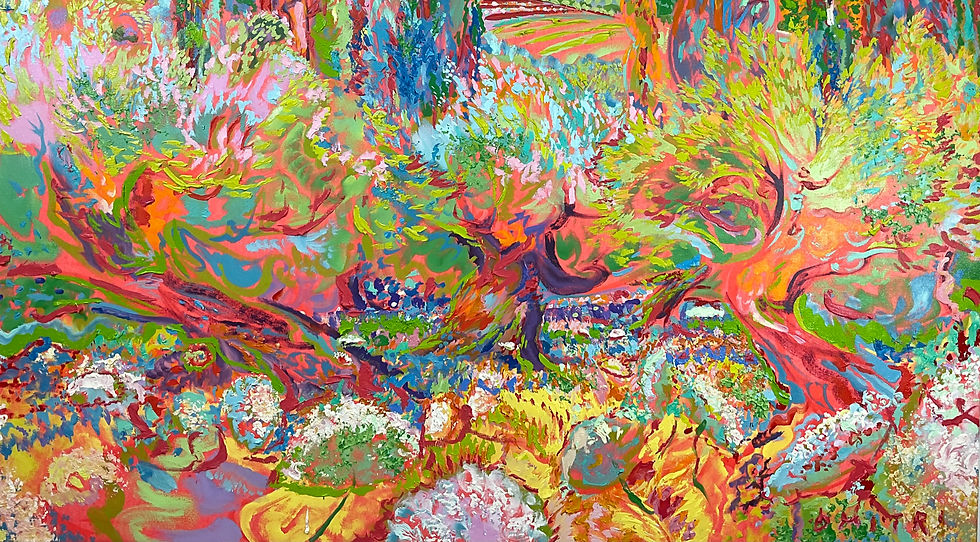Technical Terms of Color
- Dmitri Wright
- Apr 30
- 2 min read
Updated: May 1
Color (Hue): When light strikes the eye is becomes present to the views. Hue is a color such as yellow, blue, and red.
Value Scale: The lightness or darkness of the color, as seen in the value scale. A hue’s tone that is light in one context may seem darker when surrounded by a different hue that is simultaneous contract. Yet I am speaking about the varying tones in the painting to create contrast is the Value Scale.
· The Value Scale begins with 3 and can be divided up to infinity.
· Adding white and black in equal portions (50/50) it is a Middle Value.
· Everything from the Middle Value to White is a Tint
· Everything from the Middle Value to Black is a Shade
Impressionist Tone: is a pure color that is mixed with either a tinted color or a shaded color (those colors are the full range).
Recommended manufactures of impressionist like colors are Charvin and Sennelier with Charvin having more colors in tints, tones, and shades already premixed. Keeping such premixed colors pure with other similar or contrasting colors is by placing them side by side with others colors .
Impressionist use a variety of warm, hot, cool and cold colors in mixing them optically.
Warm colors come forward, cool colors drop back.
In the impressionist model of mixing – one would apply colors side by side (‘simultaneous contrast’) to obtain an ‘optical mixing’ on the canvas (which occurs at a distance). That is why when viewing an impressionist painting up close one would see the broken spaced brushstrokes used for optical mixing, which when view from a distance creates not only a new color but a shimmering effect.
Chroma: The color’s intensity or brightness
Texture: surface quality




Comments